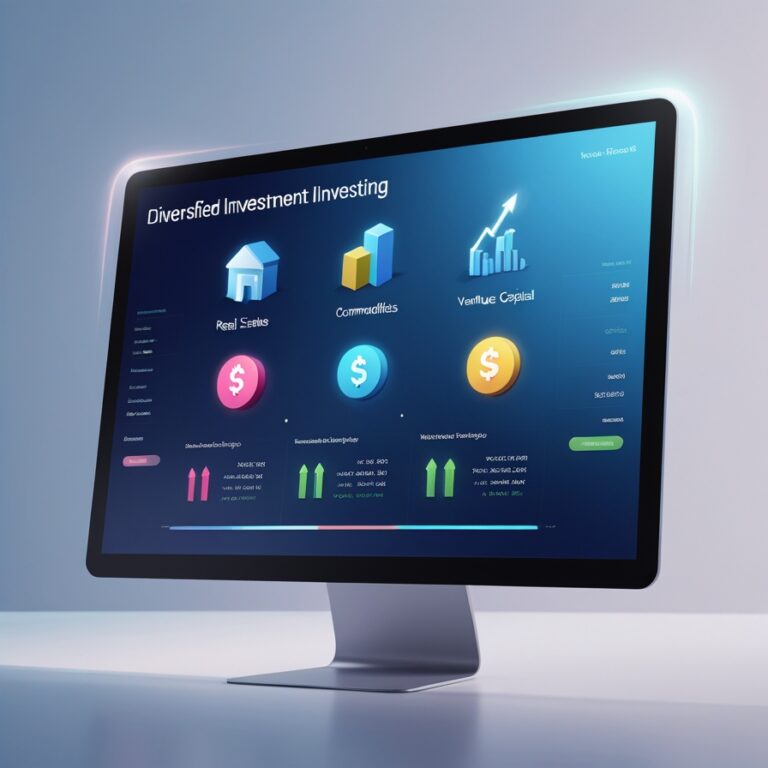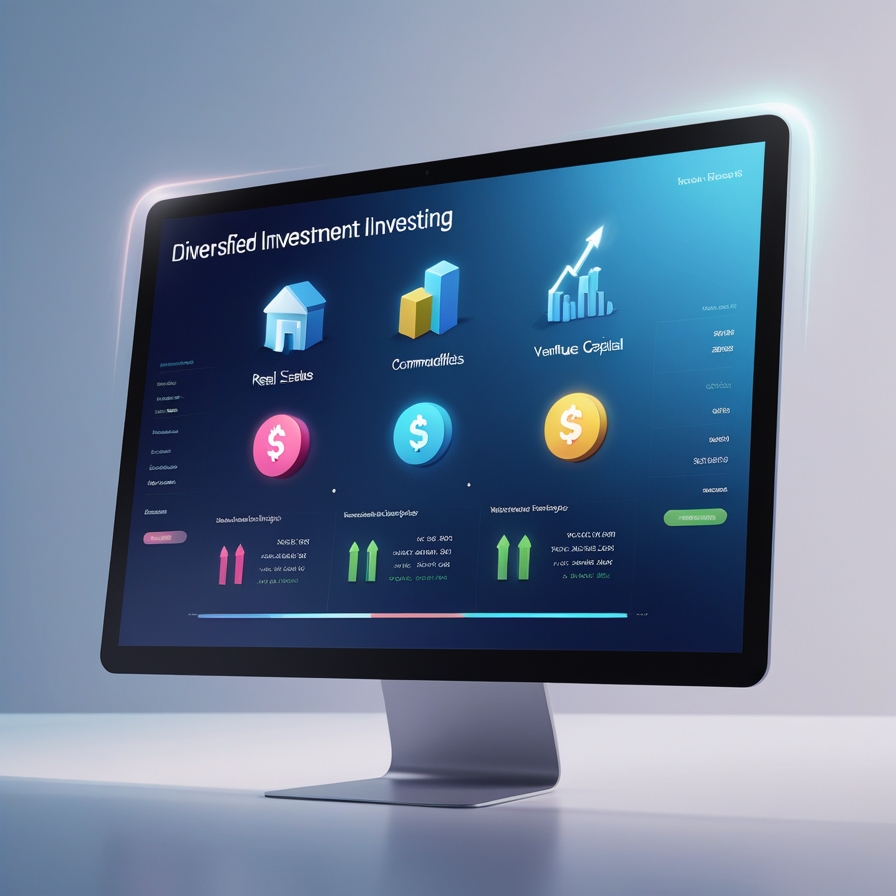How to Balance Risk and Return in Finance
How to balance risk and return in finance is a core concept every investor needs to master. The idea is simple yet powerful — higher returns often come with higher risks. Understanding how to manage this relationship helps investors make smarter financial decisions, minimize potential losses, and achieve long-term goals. In today’s complex financial markets, knowing how to evaluate risk tolerance, diversify investments, and apply smart portfolio strategies can make all the difference. This article explores practical steps to achieve a healthy balance between risk and return in your financial journey.
Understanding the Relationship Between Risk and Return
In finance, risk and return are two sides of the same coin. The potential for higher returns is usually tied to investments with greater risk, such as stocks or alternative investments. On the other hand, low-risk options like government bonds or savings accounts provide stability but offer smaller returns.
The key is to find a balance that matches your financial goals and risk tolerance. For example, a young investor might accept more volatility for long-term growth, while someone nearing retirement would likely prefer steady income with lower exposure to market fluctuations.
Factors That Influence Financial Risk
Balancing risk and return depends on understanding the different factors that drive financial risk. Market volatility, inflation, interest rates, and economic cycles can all affect investment performance. External factors like global politics or technological disruptions can also play a major role.
To protect your investments, you should evaluate each risk type—such as systematic risk (affecting the entire market) and unsystematic risk (specific to individual companies or industries). By being aware of these, investors can use strategies like portfolio diversification and asset allocation to manage risk effectively.
Strategies to Balance Risk and Return in Finance
Balancing risk and return requires both discipline and strategy. Here are some proven approaches:
-
Diversify Your Portfolio: Spread investments across different asset classes like stocks, bonds, real estate, and alternative assets.
-
Reassess Regularly: Review and rebalance your portfolio to maintain your desired risk level as markets change.
-
Understand Your Risk Tolerance: Assess how much risk you can handle based on your age, income, and financial goals.
-
Use Risk Management Tools: Techniques like stop-loss orders and hedging help control downside risks.
When you balance risk and return in finance, you create a more stable financial foundation that can weather market changes while still achieving growth.
The Role of Diversification in Managing Risk
Diversification is one of the most effective ways to manage risk. By investing in a mix of assets that react differently to market movements, you can reduce the impact of poor performance in one area. For example, when stock prices drop, bonds or real estate investments might perform better.
In the USA, investors often combine domestic and international assets to spread risk across global markets. Modern portfolio theory suggests that a well-diversified portfolio provides the best possible return for a given level of risk.
Assessing Risk Tolerance and Financial Goals
Every investor has a unique risk profile. Before choosing where to invest, it’s essential to define your financial goals, investment horizon, and comfort level with uncertainty. Someone saving for short-term goals like buying a house may prefer low-risk assets, while those focused on long-term wealth building can afford to take on more risk.
Tools like risk assessment questionnaires and financial planning software can help identify your ideal balance of risk and return. Aligning your investments with your goals ensures both confidence and consistency in your strategy.
Using Technology and Data to Manage Investment Risk
Modern technology plays a significant role in managing financial risk. AI-powered analytics and machine learning tools can now evaluate portfolio performance and predict potential downturns. Robo-advisors also help automate portfolio rebalancing and optimize asset allocation based on real-time data.
For U.S. investors, these digital solutions provide better transparency and control, making it easier to balance risk and return effectively.
Common Mistakes When Balancing Risk and Return
Many investors struggle with maintaining the right balance because of emotional decision-making. Selling investments during market dips or chasing short-term gains often leads to losses. Other common mistakes include failing to diversify or not reviewing the portfolio regularly.
Avoid these pitfalls by staying disciplined, focusing on long-term goals, and consulting with a financial advisor when necessary.
Conclusion – Achieving Smart Financial Stability
Learning how to balance risk and return in finance is essential for financial success. It’s about understanding your risk tolerance, diversifying investments, and maintaining a disciplined approach to wealth building. Whether you’re managing a personal portfolio or business assets, applying these principles helps ensure steady growth while protecting against uncertainty.
By embracing a balanced strategy, you’ll not only achieve your financial goals but also gain peace of mind in an unpredictable market.















